
The Business of Fashion
Agenda-setting intelligence, analysis and advice for the global fashion community.

Agenda-setting intelligence, analysis and advice for the global fashion community.
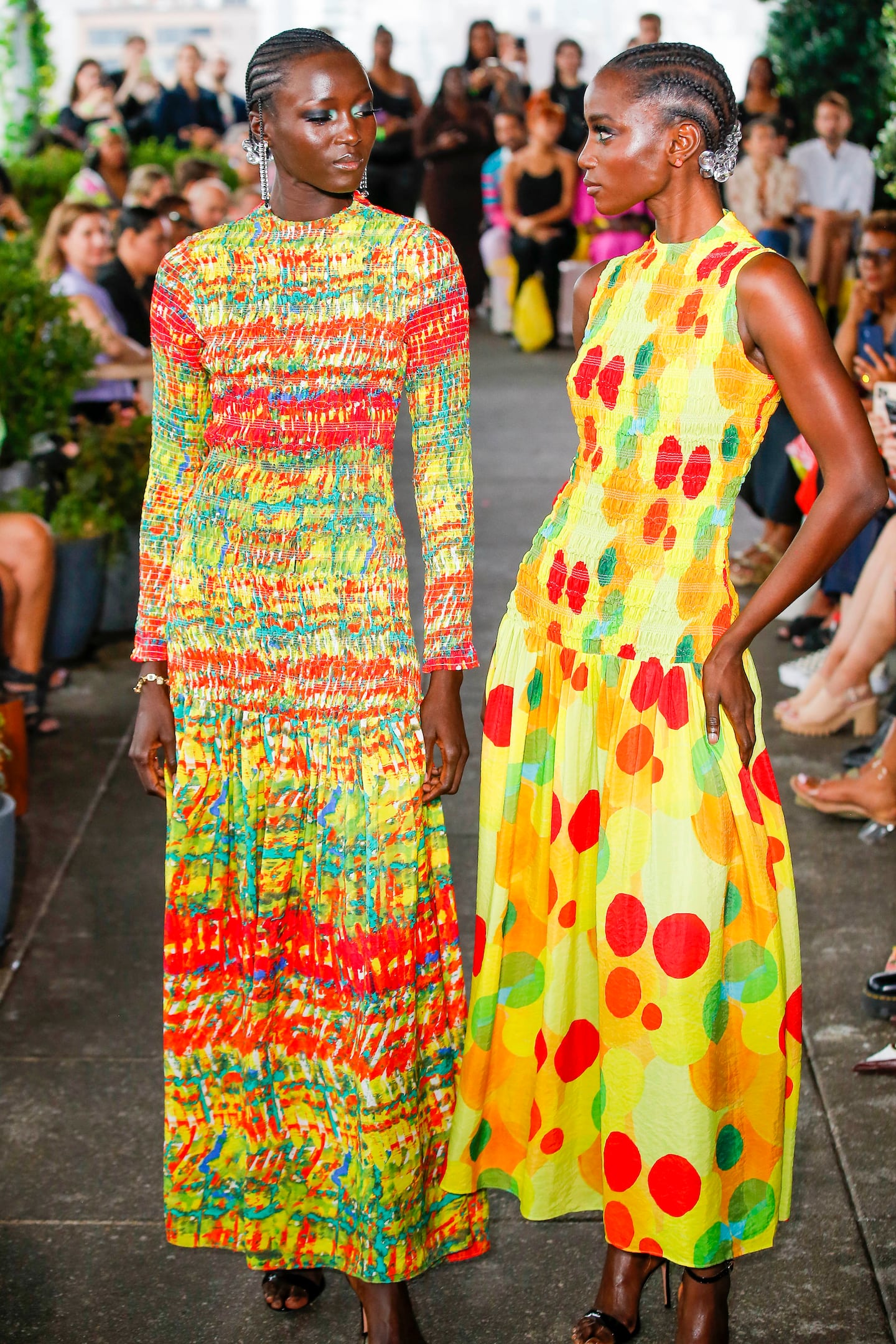
This year, the New York Fashion Week show calendar made it clear that Black designers have been invited to the party. But many are still waiting for their turn to dance.
Nearly 30 Black designers found a spot on the CFDA’s official fashion week calendar, comprising 25 percent of the official schedule — a hard-won diversity gain brokered in no small part by organisations like the Black in Fashion Council and the Fifteen Percent Pledge. Prominent names like Sergio Hudson, LaQuan Smith and Theophilio (Edvin Thompson) were listed on the roster alongside emerging Black designers like Marrisa Wilson and Dur Doux, the brand founded by mother-and-daughter duo Najla A. Burt and Cynthia Burt.
Diversity was indeed present, but inclusion may be another story.
“As Black designers, it feels like we’re still standing on the wall — it’s still the same big brands with big budgets getting the attention and the media coverage,” said Shawn Pean, the founder and creative director of luxury men’s label June79, which held its show in Brooklyn on Sept. 11. “But that’s not what fashion’s about … it’s about identifying not just trends but [identifying] the way the world is moving … and defining undefined spaces.”
ADVERTISEMENT
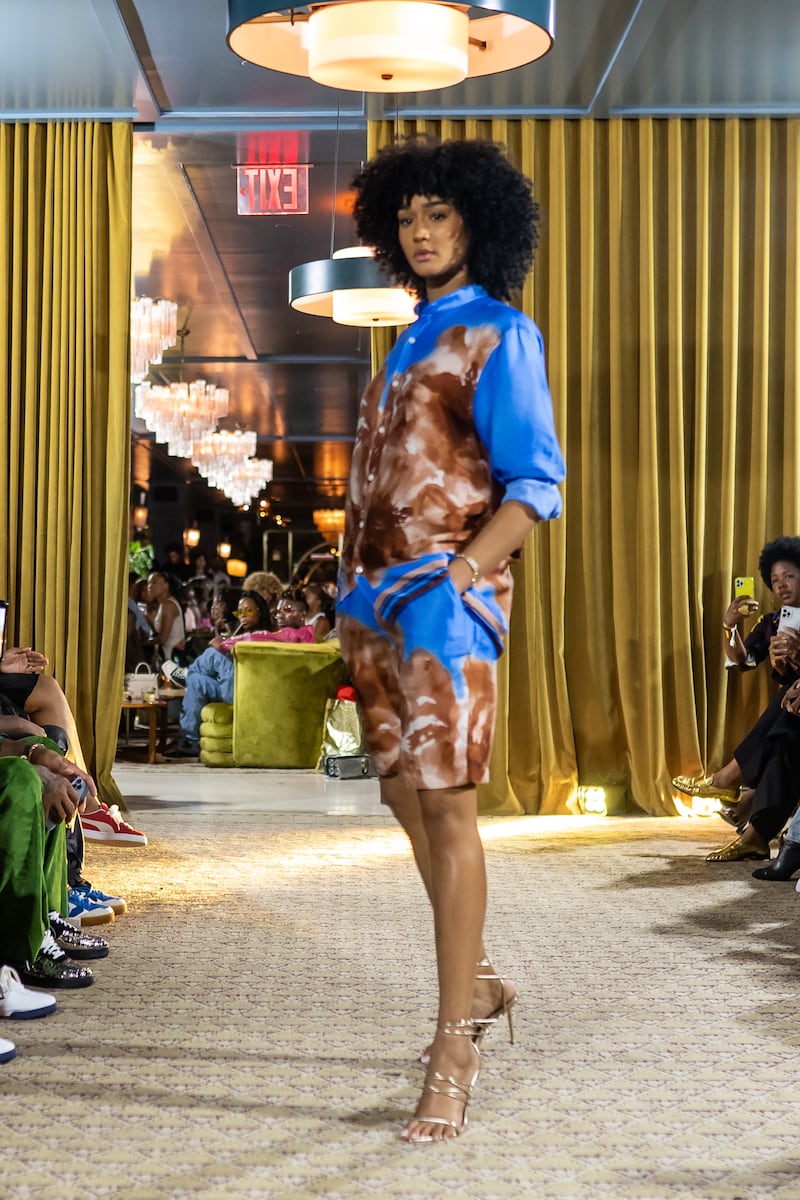
For some Black designers landing their first (or second or third) opportunity to show on, or adjacent to, one of fashion’s biggest stages this month, the moment has come with a bittersweet aftertaste. On one hand, the dramatic uptick in the sheer number of Black designers at Fashion Week has elicited both pride and celebration. On the other, small production budgets, a dearth of media coverage and an overwhelming sense that their biggest supporters continue to be their Black and brown peers in fashion and the press has left much to be desired.
Many of these challenges are the plight of emerging designers generally. But the issues are amplified for Black designers who often lack access to financial and other resources — including education, internships, travel and networking opportunities — to even have the chance to climb to the top tier of fashion labels. Meanwhile, most of the handful of Black designers who command major press attention and VIP show attendees — Kerby Jean-Raymond (Pyer Moss), Telfar Clemens, Christopher John Rogers and Ye (formerly Kanye West) among them — have, for various reasons, opted not to show at NYFW this season.
“It’s good to see more representation, but as the industry continues to shift we want to [make it clear] that we’re not just happy with 20 or 40 [Black designers],” said Nigeria Ealey, creative director of modern-luxury label Tier NYC. “We don’t always want to be in this state of ‘cheering on.’ We want to be in the game.”
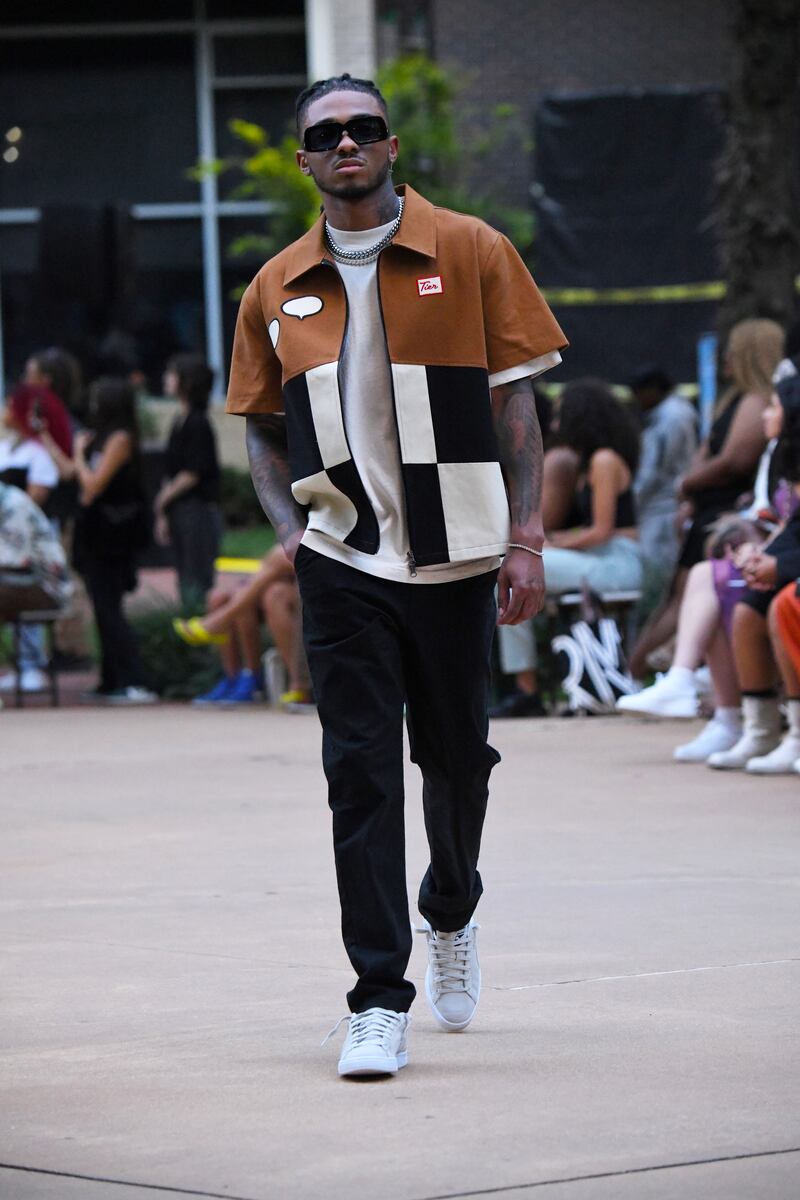
Celebrities Kim and Kourtney Kardashian, Travis Barker, Kate Moss and Sarah Jessica Parker lined the front rows of headline-grabbing spectacles staged by Tommy Hilfiger and Fendi as shows by Black designers drew a recurring cast of (sometimes less famous) Black and brown editors and celebrities.
Sergio Hudson was among the most high-profile Black designers to display his Spring/Summer 2023 collection this week, with his show garnering coverage from Vogue, WWD and Forbes among other publications. The extravaganza sent prominent Black supermodels Winnie Harlow, Chanel Iman, Veronica Webb and Sessilee Lopez down the runway in leopard prints, monochromatic dresses and ’80s and ‘90s era dress suits in bold colours inspired by “Prince and the new power generation era,” the designer said.
Hudson’s front row and the majority of the show’s attendees were people of colour, including celebrity guests like rapper Big Latto, political commentator Angela Rye and talk show hosts Sunny Hostin and Sherri Shepherd.
“I think we’re going in a good direction [when it comes to diversity],” Hudson told BoF after the show. “But I’ll be glad when we get to a place when it’s not that I’m one of the most exciting designers of colour but that I’m just one of the most exciting designers.”
Elsewhere on the fashion week roster, few Black-owned brands — Tier and June79 among them — gained coverage from mainstream media, despite packed shows. Others like Marrisa Wilson, whose bold graphic prints and candy-striped designs were meant to celebrate her Guyanese heritage, managed to land coverage in publications like USA Today as well as in a few beauty trend round-ups in Bustle and Marie Claire.
ADVERTISEMENT
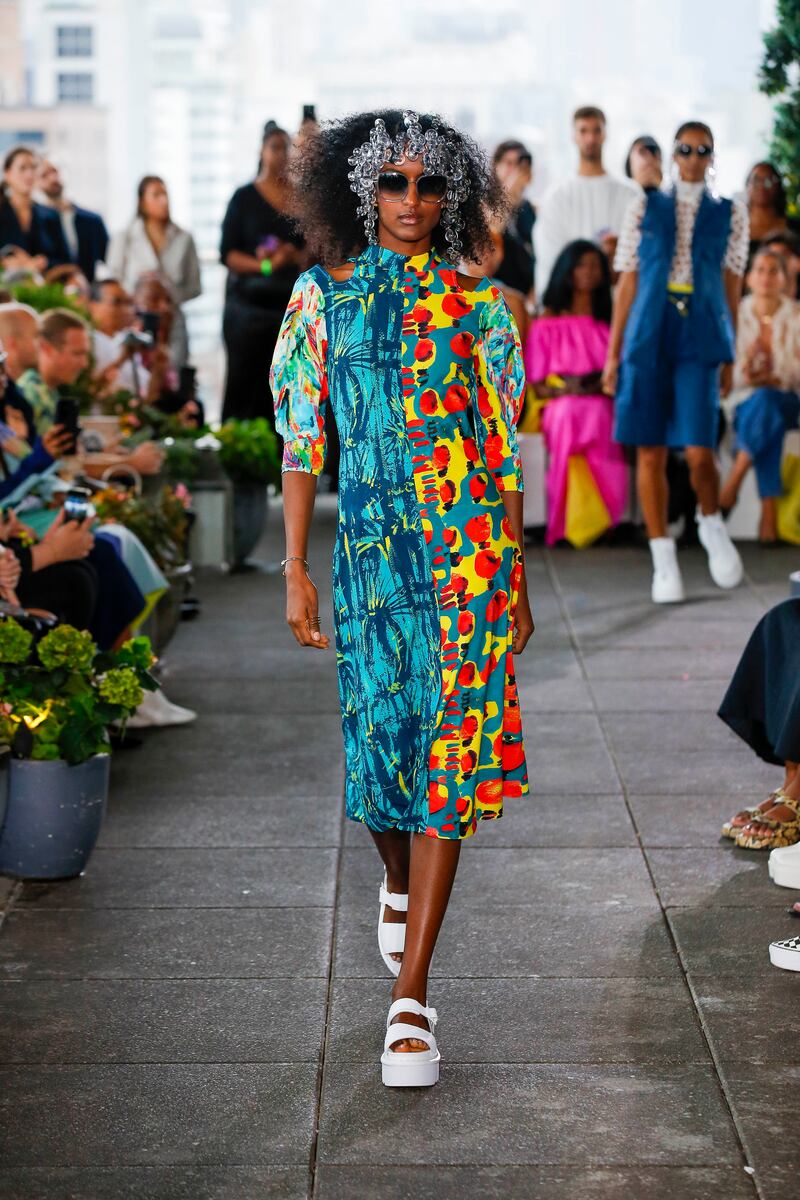
“Where’s the equivalent of the 15 Percent Pledge for media coverage?” said June79′s Pean, whose fashion career has included roles at Valentino and Saks Fifth Avenue.
What’s more, which designers end up covered in fashion media is largely determined by editorial convictions and preferences.
Many Black designers who aspire to the level of inclusion enjoyed by their white peers in fashion must reconcile a sometimes unspoken, but no less understood, responsibility (and, often, a desire) to create and symbolise diversity in everything from their product design to marketing and fashion week shows.
“I would love to get to that point where I could just have a beautiful expression of my heritage and the prints and the textiles and the artistry of my work, and let that just be the focal point,” Wilson said. “But I do also understand the responsibility of making sure that people feel seen.”
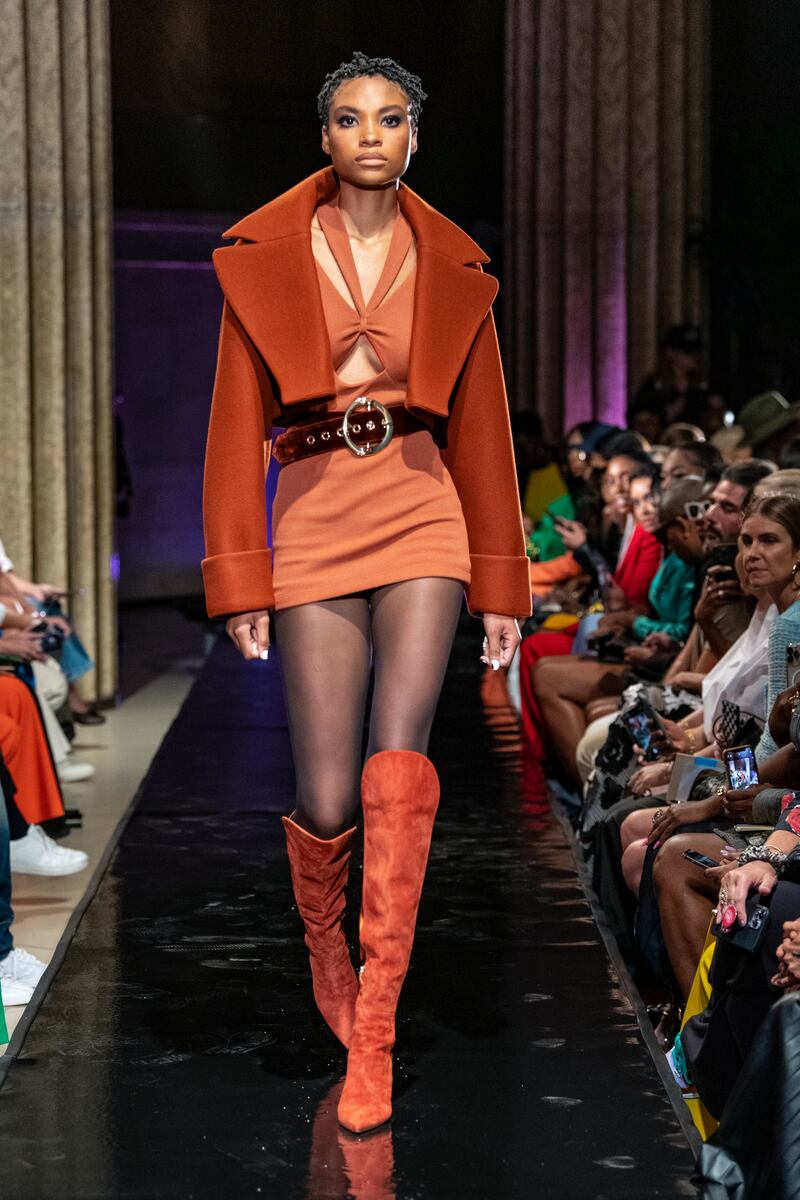
For some designers, that responsibility comes with additional production steps and budget hurdles. In Tier NYC’s case, it meant returning to creative director Ealey’s alma mater, Long Island University at Brooklyn, a predominantly Black college, to find models and interns. He also used the campus as the location for the brand’s show, dubbed Tier University, Not Your Average School.
Nepalese-American designer Prabal Gurung similarly trekked to the “outer boroughs” of New York City to neighbourhoods in Brooklyn, heavily populated by Black, Hispanic and other ethnic minorities in order to find both the inspiration and cast for his show, which sent a mix of Black, brown and white models down the runway in chiffon dresses and off-the-shoulder blouses with low-waist trousers and mini skirts.
“Un-belonging, if you’re a person of colour, is a familiar feeling — no matter where you are, but especially in the fashion industry,” Gurung said. “And so I wanted to create a scenario tableau of people that I have been inspired by … my fight in fashion has always been about, ‘You have to see us. You don’t need to watch us but you have to see us.’”
Similar nods to inclusion were found at Sergio Hudson’s show, where each seated guest received a stack of Hallmark cards from the greeting card company’s Mahogany collection, which is aimed at Black consumers.
ADVERTISEMENT
Atop the stack was a bright, colourful card with a set of multi-coloured mountains resting under a sunset emblazoned with the phrase, “The ancestors are moving mountains to see you rise.”
At Theophilio, Jamaican-born designer Edvin Thompson served up an island-centric show sending models clad in colourful mini skirts, bikinis and tank tops emblazoned with phrases like “family ting” down the runway as drum-heavy beats played in the background — often voiced-over by a man speaking in Jamaican patois, bombastically declaring, among other things, “Jesus have mercy.” The designer drew tastemakers and celebrities like reggae artist Spice, Bergdorf Goodman SVP and fashion veteran Linda Fargo, Black hair care founder Monique Rodriguez and legendary fashion model and activist Bethann Hardison.
This season’s hectic schedule and far-flung venues fueled challenges with attendance and media coverage, forcing many fashion tastemakers to make tough decisions about which shows to attend or skip. Tier NYC and June79 staged their shows in Brooklyn, while Sergio Hudson and Prabal Gurung were scheduled to start one hour apart at 6 pm and 7 pm respectively, leaving attendees to race across town from the United Nations Plaza on Manhattan’s East Side to the Léman Ballroom near Wall Street to make it to each venue.
“Things are happening but I think there’s always more to be done,” said Ealey. “To me, inclusion looks like ‘no limitations.’”
Dozens of companies hired diversity leaders in the last two years, but executives who take these roles are often overworked and under-resourced.
This year will serve as the critical litmus test for consumers and fashion staffers alike to filter out the companies that don’t, and do, view diversity as a long-term exercise.
Some Black creatives say they’re worried the industry is already moving on from its recent focus on racial injustice, leaving them to carry the load.

Sheena Butler-Young is Senior Correspondent at The Business of Fashion. She is based in New York and covers workplace, talent and issues surrounding diversity and inclusion.
From where aspirational customers are spending to Kering’s challenges and Richemont’s fashion revival, BoF’s editor-in-chief shares key takeaways from conversations with industry insiders in London, Milan and Paris.
BoF editor-at-large Tim Blanks and Imran Amed, BoF founder and editor-in-chief, look back at the key moments of fashion month, from Seán McGirr’s debut at Alexander McQueen to Chemena Kamali’s first collection for Chloé.
Anthony Vaccarello staged a surprise show to launch a collection of gorgeously languid men’s tailoring, writes Tim Blanks.
BoF’s editors pick the best shows of the Autumn/Winter 2024 season.